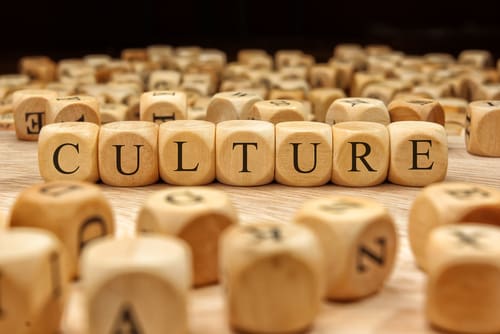The gap between what we say and what we do
We know that what we say and what we mean are often far apart. The gap is something that comes from our brains moving far faster thinking than our voices can communicate those thoughts. You might want to take a look at Byron Reese’s new book, Stories, Dice, and Rocks That Think: How Humans Learned to See the Future—and Shape It. My wife recently interviewed Byron on her podcast, On the Brink with Andi Simon.
While we are still learning a great deal about the challenges of communicating, I discovered the painful reality for myself when I was running a fast-growing company in the K-12 high-stakes educational testing industry.
We were about to make a significant acquisition that would more than double the size of our company. One of the items on our due diligence list was how the company to be acquired felt about the “customer experience.” This User Experience or UX was central to how we had grown our business. We were genuinely concerned about the new company’s values and culture. We knew that it is difficult to assess what people will do in the future, so we tried hard to see what they did today.
In performing diligence on this company, their management said that the “customer experience” was especially important to them. Great, we told ourselves, as we checked the box and moved on to the next item on our list. Ultimately, we acquired the company.
However, incredibly early into the acquisition, we found that the customer experience that we all agreed was particularly important had quite different meanings to both groups. For the company acquired, it meant answering the telephone in three rings. And for us, the acquiring company, it meant always doing the right thing for your customer, providing an exceptional experience. We were an extension of our clients, and our success depended on their success. I always told our team not to let the budget define what we could or could not do. If we did the right thing, the budget would catch up with the events at hand.
Was there an enormous difference? Yes, a wide difference in what we each delivered to our current clients and what we could see happening as we attracted new ones. We seemed to be saddled with a culture where the words were the same, but the actions were dramatically different.
These differences created a fissure stemming from the way we did things—not just cultural values, but the behaviors that were deemed acceptable. To us, our belief in how you treat your customers was much deeper than that of our acquired company. At least, that was what we thought and how we wanted to build our “way we do things.” Since we had acquired them, we had to figure out how to move their behaviors in new directions, or we would be promising experiences that we could not deliver, not uncommon after mergers or acquisitions. Often in life, people say similar things but mean vastly different actions.
Consequently, we spent a lot of time with the acquired organization instilling our culture on theirs. Eventually it worked and we became fully aligned.
The importance of building a common culture
I could spend a lot of time trying to explain my beliefs about why a deeper customer experience is better for everyone. But every organization has different principles, and this lack of common cultures is something we did eventually overcome. But it did take awareness and effort.
5 issues to consider as part of a change process
Change is never easy and requires real work and commitment. If you are going to embark on this journey, here is a quick list to think about.
- Changing a culture requires trust. You cannot flip a button and change overnight. Acquiring trust is a gradual process. Leaders must walk the walk to overemphasize what they would like to see take place during periods of transformation.
- Leadership participation is critical for maximum impact. Leaders cannot be on the sidelines; they must be front and center. Leaders must lead the charge for change.
- You cannot fake it. Leaders must be authentic, or it will not work.
- If you are a leader and want to initiate change, know where you are and where you are going. Where are you going? Visualize what you would like to see take place. Work with the teams so they begin to literally “see” what you want to happen when they collaborate with your clients. Words will simply not work. This is about pictures and shared experiences where the positives are reinforced and the negatives are redirected.
- Do not be siloed. Remember that various parts of your organization cannot have distinct cultures. To ensure that everyone embraces the same vision, you need total organizational buy-in across all sectors.
The Big Challenge
Here is the challenge: People are habit-driven. Their minds are more comfortable doing what they have always done, even if it is not the right thing for your clients or your company. Change is ugly and painful to them. Make it a journey that they embrace and enable them to lead the way forward. The more engaged they are in the transformation, the more likely it will stick. You also want to ensure that new hires are onboarded into the “way you do things,” not the “way they used to do things.” If not, you will be fighting the past way into the future.
Ready to change your culture and create a better business?
At Simon Associates Management Consultants (SAMC), we are culture change experts who specialize in helping companies and the people who work for them assess their organizational culture and business model today and start a journey toward the culture they want and need for tomorrow. We invite you to contact us to discuss how our team of corporate anthropologists and business change management advisors can suggest ways you and your business can change your culture to capitalize on today’s many challenges to achieve greater success. We look forward to hearing from you.
From Observation to Innovation,

Andy Simon
Partner, Simon Associates Management Consultants
Info@simonassociates.net



